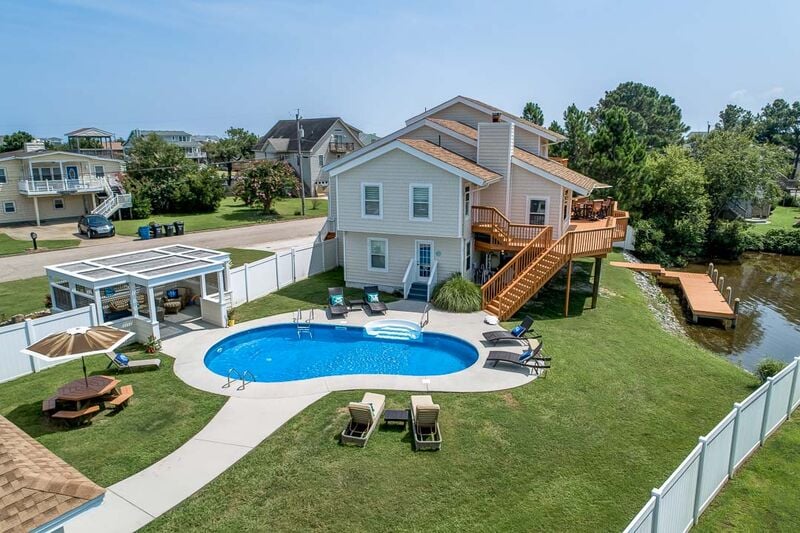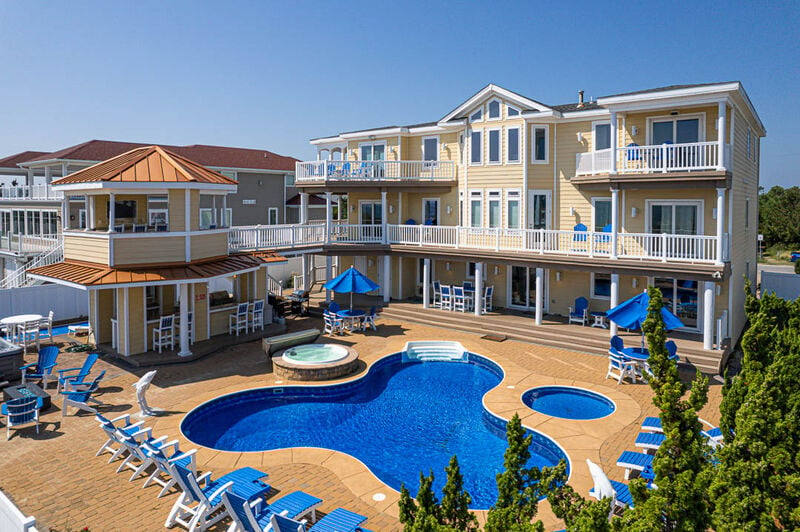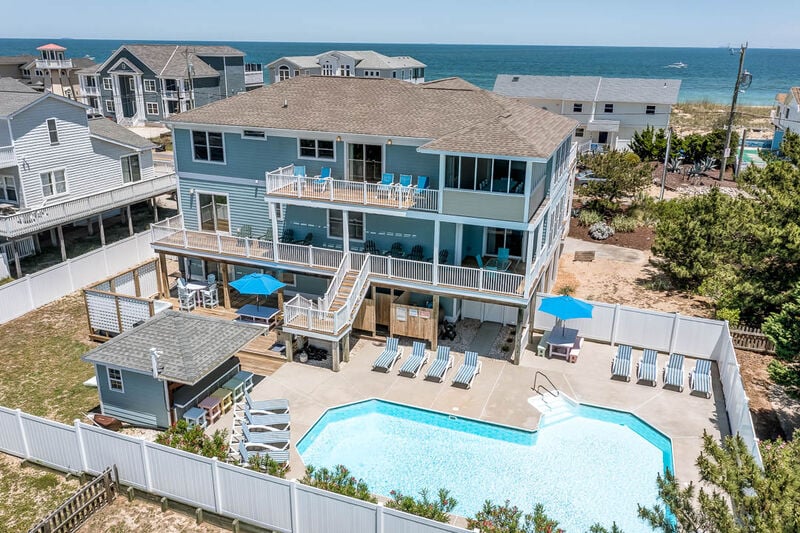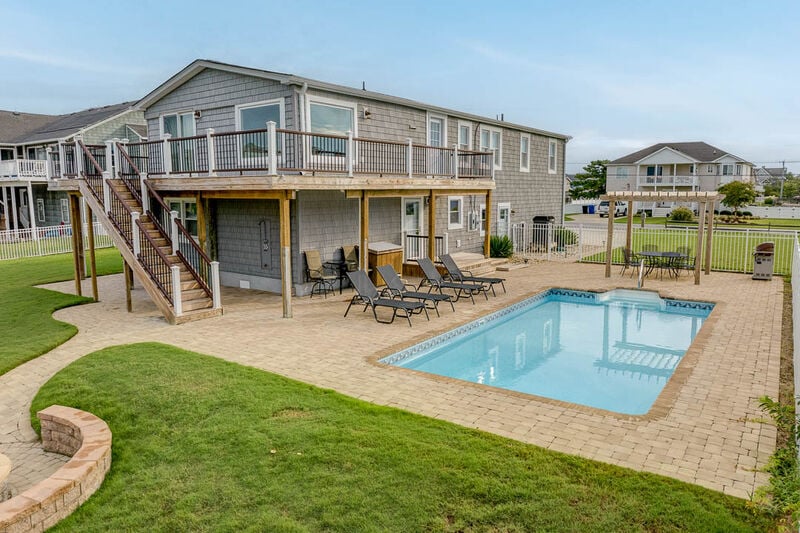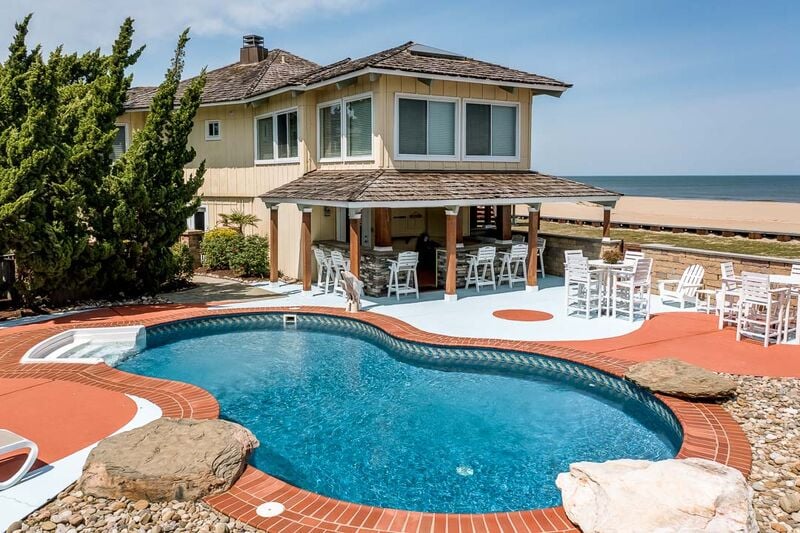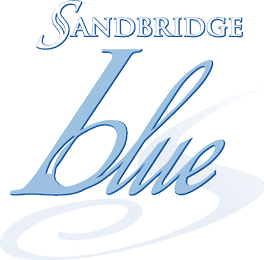
You won't believe how much Sandbridge Beach has changed and evolved through the years.
Long ago, the only local settlers were coastal seabirds and wildlife. Then came the Native Americans - Paleo-Indian and Archaic tribes lost in the mists of time, followed by Chesapeake, Powhattan, and other Algonquian-speaking peoples.
Finally, the Europeans arrived. The first English settlers landed at Cape Henry in 1607, then moved inland to found Jamestown, their first permanent settlement, a few weeks after their arrival. Over the next decades, more British adventurers arrived to settle the area now known as Virginia Beach.
But remote, secluded Sandbridge remained relatively untouched.
Next: A Paradise for Hunters and Anglers
That all changed in the late 1800s, thanks largely to Back Bay, the 25,000-acre body of water bordering Sandbridge to the west.
Situated right on the Atlantic Flyway, Back Bay attracted numerous ducks and geese to its feeding and nesting habitats. Eventually, it attracted hunters and anglers, too. From about 1870 on, duck hunting clubs began setting up blinds all over the Sandbridge area. In fact, Sandbridge Beach itself was the property of one of these clubs, the Sandbridge Gunning Club.
The hunters weren't year-round residents, though. They came for the season - fall through winter - then returned to their regular homes, often far out of state. Until the early 1950s, there were no permanent year-round homes at Sandbridge Beach itself.
Later: A Haven for Second Homes
Then Harvey Lindsay came along. A Norfolk real estate developer, he recognized Sandbridge's potential. So, in 1952, he purchased part of the five-mile oceanfront and divided it into lots in a staggered offset pattern, so homes could be built in rows with unobstructed ocean views.
In 1953 James Kabler built the first of these homes. Soon other families followed, and the community grew and flourished. But it still consisted mainly of second-home owners, who came for beach season in the summer and/or duck season in the fall.
Then the "Ash Wednesday Storm" Changed Everything
In 1962 a Category 5 Nor'easter - known as the Ash Wednesday Storm - devastated the area. Over several days, March 5-9, the massive tempest pummeled the Atlantic coastline, leveling houses and leaving untold destruction behind.
Sandbridge homeowners were undaunted. After the storm, they cleaned up and rebuilt - this time with pilings to protect their homes from high tides and storm-driven waves.
By the 1980s, Sandbridge had become a thriving coastal community. Quaint cottages dotted the landscape. And seasonal visitors mixed and mingled with a growing group of year-round residents.
Late 1980s to Present: Rebirth and Renewal
In the following years more changes came:
Back Bay "died" and then was reborn.
Formerly filled with freshwater, Back Bay teemed with largemouth bass. Anglers came from all over America to cast their lines in the clear, shallow waters, where largemouths lurked amid the lush vegetation.
But the 1962 Nor'easter breached the barrier dunes and flooded the bay with seawater. Then, in 1965, in a misguided conservation effort, Virginia Beach authorities began pumping yet more saltwater into the bay. Result: Bass, bluegill, and crappie died, replaced by the kind of fish that flourish in brackish waters.
By the late 1980s, the bay had pretty much turned into a turbid swamp. Then, in 1987, saltwater pumping was halted, and a massive restoration program began. Over the next several decades, these efforts slowly paid off. Today thick vegetation is returning, and so are the largemouth bass - along with the avid anglers!



